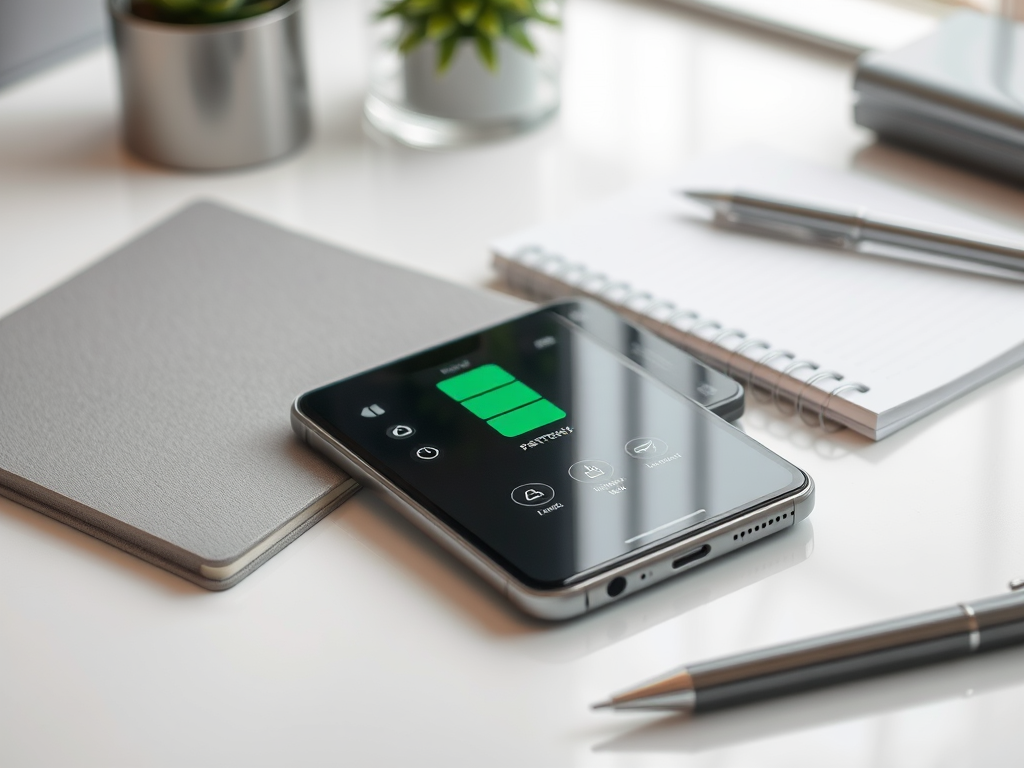The decision to upgrade your smartphone can feel like navigating a technological labyrinth. With rapid advancements in technology and shifts in consumer needs, it’s essential to determine not just when to replace your phone, but also why and how often that should happen. Are you someone who embraces the latest features, or do you prioritize practicality and sustainability? This article delves into the lifecycle of smartphones, various factors influencing upgrade decisions, and a broader discussion of personal usage and environmental considerations. With so many variables at play, understanding your specific situation will help clarify when the right moment to upgrade truly is, while maximizing both performance and value.
Understanding the Lifecycle of Smartphones

Smartphones hold a significant place in everyday life, evolving continually to meet user demands. Understanding their lifecycle and lifespan can greatly assist in determining when an upgrade is appropriate. Most smartphones are typically designed to last between 2 to 3 years. After this period, users may experience performance declines, affecting their overall experience. Indeed, waiting until your device becomes a burden can lead to frustration, making it all the more important to be proactive. Overall, assessing where your phone stands in its lifecycle can illuminate the path to your next upgrade.
Factors to Consider When Deciding to Upgrade

Several critical factors play a role in whether you should upgrade your phone or stick with your current device. Each aspect can provide valuable insights into your needs and preferences, guiding your decision-making process. Not only do performance and battery life matter, but the operating system and its updates are equally important. If you’re not using your phone’s full capabilities or if older features no longer satisfy you, it might be time to consider newer models. By keeping these factors in mind, you can make an informed choice about upgrading your phone as technology continues to advance.
Performance and Speed
As smartphones age, their performance becomes a significant concern. It’s common to notice that older devices may struggle with tasks that were once easy. Apps take longer to load, and multitasking can turn into a frustrating experience. If you find yourself regularly waiting for apps to respond, this is a strong signal it might be time for an upgrade. The latest models often come equipped with enhanced processors and improved RAM, ensuring a smoother user experience overall.
Battery Life
An essential factor that often prompts users to upgrade is diminishing battery life. Most smartphones start losing their ability to hold a charge after a few years of daily use. If your phone struggles to last through the day without needing a recharge, it’s a clear indication that an upgrade should be on your radar. Newer models frequently feature advanced battery technology, providing greater efficiency and longer life. Prioritizing battery performance not only enhances daily convenience but also improves your phone’s overall functionality.
Evaluating Your Usage Needs
Your individual usage habits critically influence how often you should consider upgrading your phone. Understanding whether you’re a heavy user or a casual user can help dictate the frequency of your upgrades. Heavy users, such as gamers or those who rely on multiple applications simultaneously, typically require more powerful devices that can support increased demands. In contrast, casual users who predominantly make calls and send texts might not feel the urgency to upgrade as frequently. Reflecting on how you utilize your phone will assist in determining the best time for an upgrade.
The smartphone industry is constantly evolving, ushering in new features and technology with each new release. From cutting-edge cameras to faster internet connectivity via 5G, modern smartphones offer experiences that older models may not provide. If your current device is lacking in features that interest you, such as enhanced photography capabilities or improved security protocols, it may be worth contemplating an upgrade. The latest offerings bring not just better performance but also innovative functionalities that can benefit users significantly.
| Phone Model | Release Year | Recommended Upgrade Period |
|---|---|---|
| iPhone 12 | 2020 | 2023-2024 |
| Samsung Galaxy S20 | 2020 | 2023-2024 |
| Google Pixel 5 | 2020 | 2023-2024 |
| OnePlus 8 | 2020 | 2023 |
Environmental Considerations
In today’s society, environmental sustainability plays an increasingly vital role in our decision-making processes. Considering the impact of e-waste and sustainability in smartphone upgrades can affect not just personal choices but also future technologies. Keeping a smartphone for an extended period can minimize e-waste and conserve resources. Before swapping your device for the latest model, evaluate its current functionality and longevity to make a more conscious decision. Embracing sustainable practices can also make a positive impact on the environment while still enjoying the benefits of new technology.
Reducing e-waste is essential in our tech-driven world. When devices become obsolete, they often end up in landfills, contributing to environmental problems. Holding onto your smartphone longer as long as it meets your needs can help combat this issue. Additionally, manufacturers are increasingly adopting sustainable practices, which provide users with alternatives to wasteful disposal. Making informed choices can play a key role in promoting sustainability within the tech industry while fostering responsible consumer behavior.
Conclusion
The decision regarding how often to upgrade your smartphone should encompass various personal factors, including performance, technology trends, and your environmental stance. By evaluating your usage needs, understanding smartphone lifecycles, and being mindful of sustainable practices, you can make clear and effective decisions about when it’s appropriate to invest in a new device. Whether you choose to upgrade frequently or hold onto your phone longer, the most crucial aspect is finding a balance that aligns with your lifestyle and values.
Frequently Asked Questions
- How long do smartphones typically last? Most smartphones have a lifespan of about 2 to 3 years, depending on usage and care.
- Should I upgrade if my phone is still functioning well? If your phone meets your needs, performs well, and receives updates, there may not be an immediate need for an upgrade.
- What are common indicators that I need a new phone? Signs include poor battery performance, outdated software, and noticeable slowdowns in operations.
- Are there advantages to keeping my phone for a longer duration? Yes, longer use can reduce e-waste and may save money while still providing a functional device.
- How can I responsibly recycle my old phone? Many manufacturers offer trade-in programs, while local e-waste recycling centers can provide proper disposal options.





